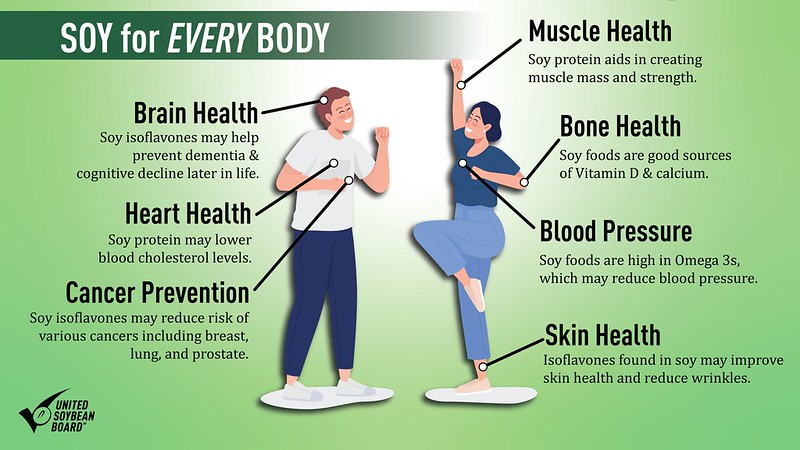Soybeans make their place in the market as a healthy source of high-quality protein. About 35 to 38 percent of the calories from soybeans come from protein, which is higher than any other legume. In addition to protein, soybeans are low in saturated fats and high in iron and fiber, when prepared properly. Soybean oil is actually one of the few non-fish sources of omega-3 polyunsaturated fatty acids. The FDA authorized soybean oil’s heart-healthy claim that soybean oil may reduce risk of heart disease. Soy foods can be an important part of a healthy diet as proscribed by the USDA.
Nutritional Overview
Fat Content of Soybeans
- Saturated Fat
- Monounsaturated Fat
- Polyunsaturated Fat
- Saturated Fat
- Monounsaturated Fat
- Polyunsaturated Fat
Source: USSEC

Edamame
Edamame is a soybean that is harvested when the plant is still green. These sweet tasting beans can be served as a snack or a main dish after boiling in slightly salted water for 15–20 minutes. They are high in protein and fiber and contain no cholesterol.

Tofu
Tofu, also known as soybean curd, is a soft, cheese-like food that easily absorbs the flavors of other ingredients with which it is cooked. Tofu is rich in both high-quality protein and B vitamins and is low in sodium. Firm tofu is higher in protein, fat and calcium than other forms of tofu. Soft tofu is good for blending.
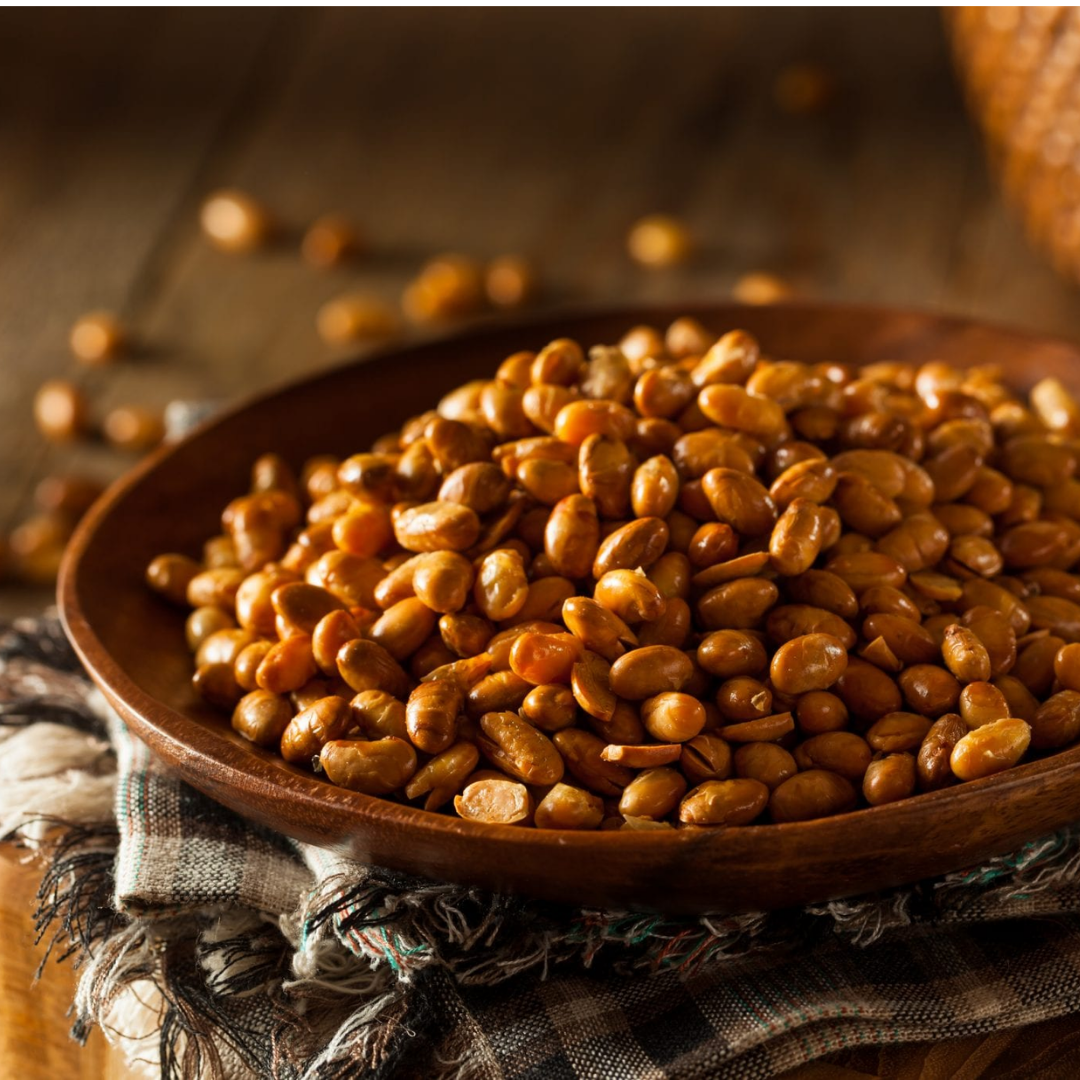
Soynuts
Roasted soynuts are whole soybeans that have been soaked in water and then baked until browned. Soynuts can be found in a variety of flavors, including chocolate covered. High in protein and isoflavones, soynuts are similar in texture and flavor to peanuts.

Soy Flour
Soy flour is made by grinding soybeans into a fine powder. Soy flour is 50% protein, so it boosts the protein in food recipes. Soy flour is gluten-free and three kinds are available: Natural or full-fat, which contains the natural oils found in the soybean; defatted, which has the oils removed while processing; and lecithinated, which has lecithin.
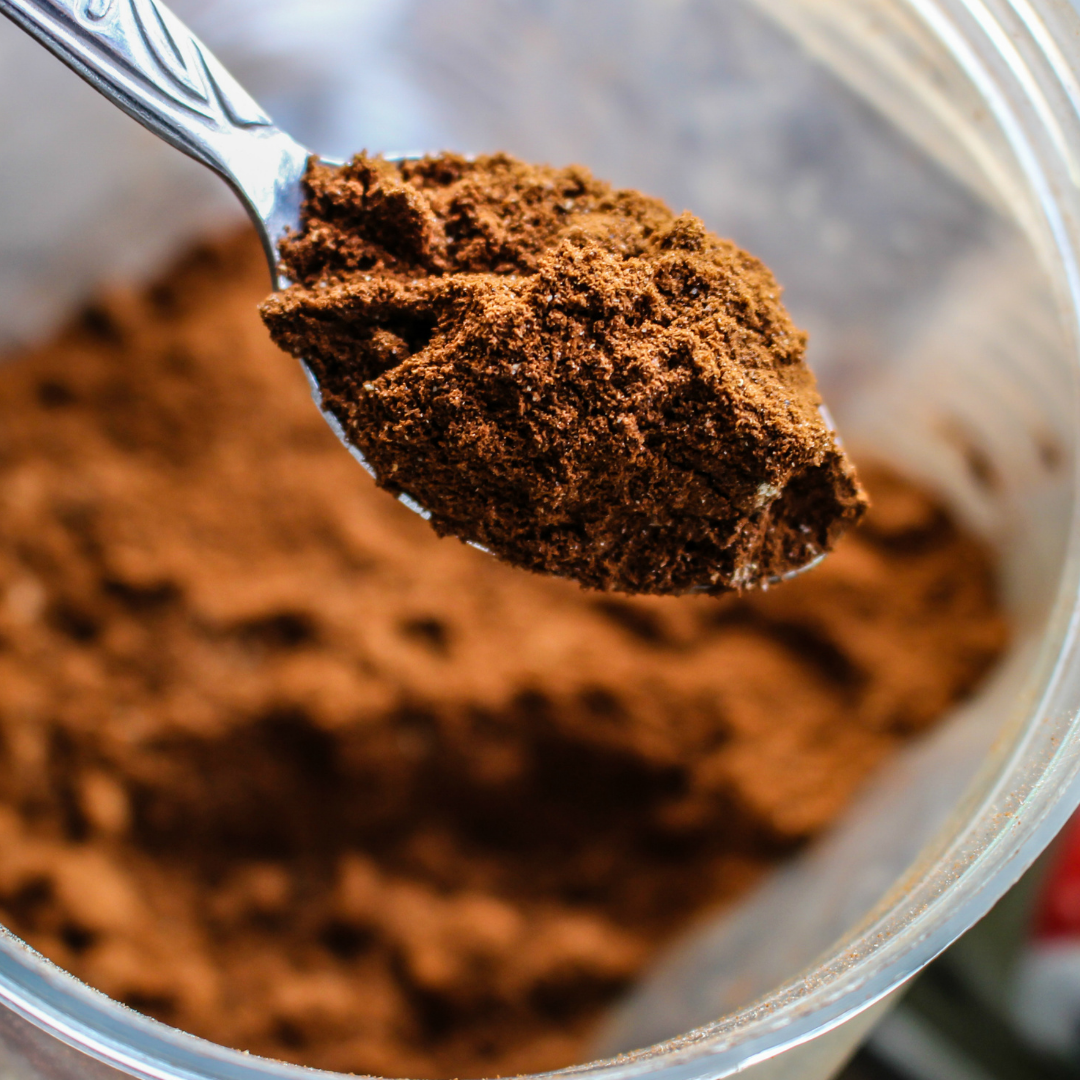
Soy Protein Isolate
When protein is removed from defatted flakes, the result is soy protein isolate. Containing 90% protein, soy protein isolates possess the greatest amount of protein of all soy products. They are a highly digestible source of amino acids.

Natto
Natto is made of fermented, whole soybeans. The fermentation process breaks down the beans’ complex proteins so natto is more easily digested than whole soybeans. In Asian countries natto traditionally is served as a topping for rice, in miso soups, and is used with vegetables.

Soymilk
When soybeans are soaked, ground, and strained they produce a fluid called soybean milk. Plain, unfortified soymilk is an excellent source of high-quality protein and B vitamins. Soymilk is most commonly found in aseptic containers (nonrefrigerated, shelf stable), but also can be found in quart and half-gallon containers.

Tempeh
Tempeh, a traditional Indonesian food, is a chunky, tender soybean cake. Whole soybeans, sometimes mixed with another grain such as rice or millet, are fermented into a rich cake of soybeans with a smoky or nutty flavor. Tempeh can be marinated and grilled and added to soups, casseroles or chili.

Instant Formula
Soy-based infant formulas are similar to other infant formulas except that a soy protein isolate powder is used as a base. Carbohydrates and fats are added to achieve a fluid similar to breast milk. The American Academy of Pediatrics says that for term infants whose nutritional needs are not being met from maternal breast milk or cow milk-based formulas, isolated soy protein based formulas are safe and effective alternatives to provide appropriate nutrition for normal growth and development.

Lecithin
Extracted from soybean oil, lecithin is used in food manufacturing as an emulsifier in products high in fats and oils.
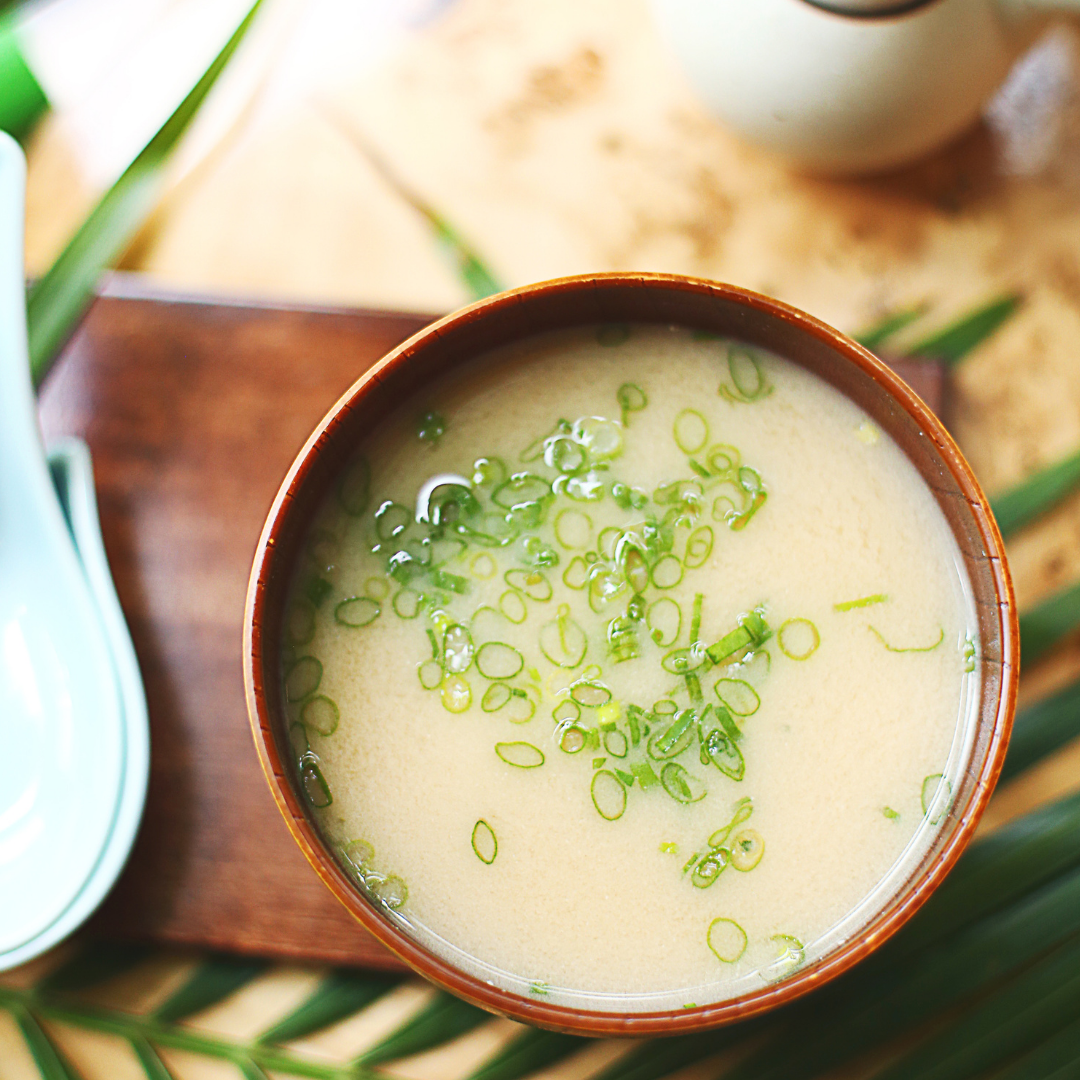
Miso
Miso is a rich, salty condiment that characterizes the essence of Japanese cooking. The Japanese make miso soup and use it to flavor a variety of foods. A smooth paste, miso is made from soybeans and a grain, plus salt and a mold culture, and then aged in cedar vats for one to three years.

Soy Sauce
Soy sauce is a dark-brown liquid made from soybeans that has undergone a fermenting process. Soy sauces have a salty taste but are lower in sodium than traditional table salt.
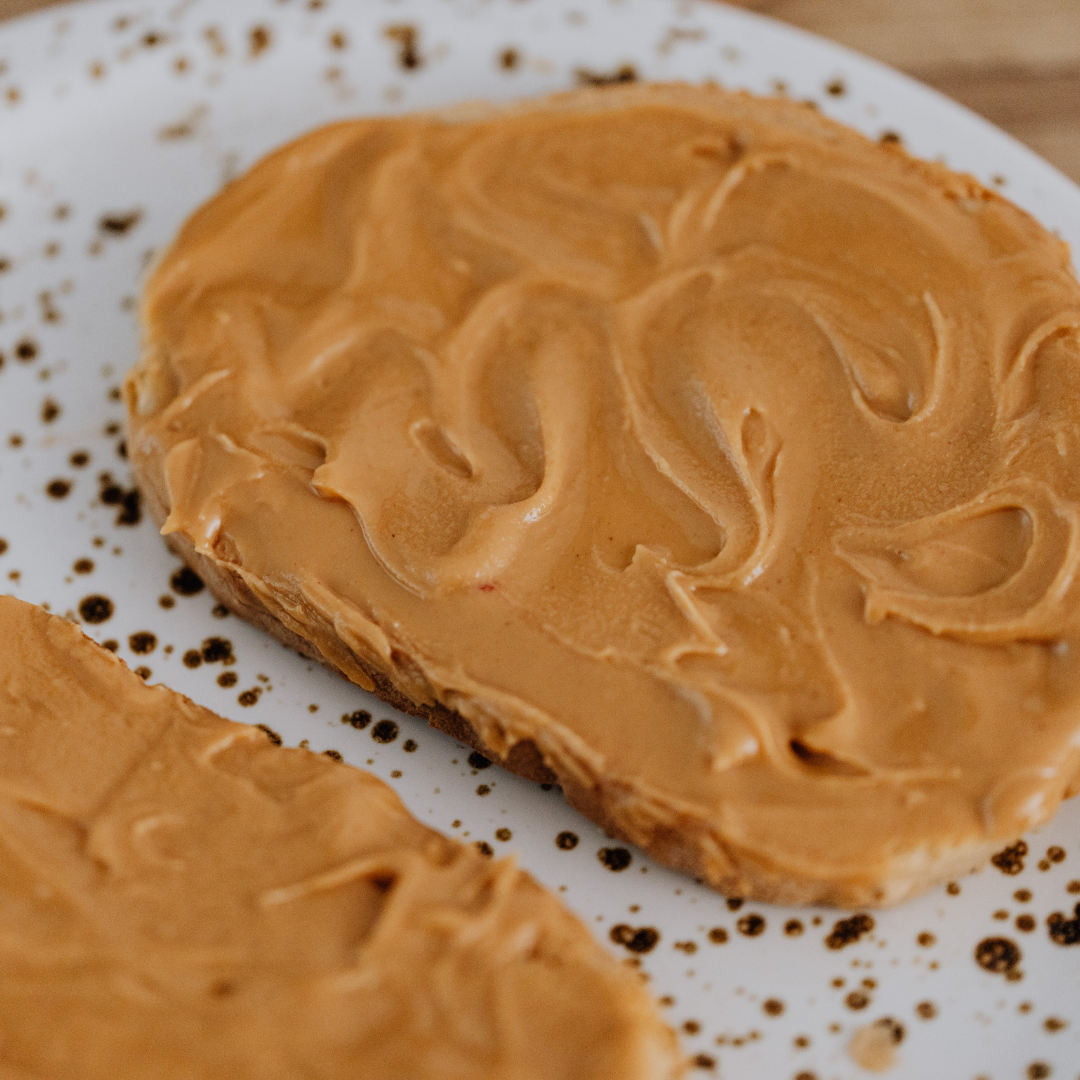
Soynut Butter
To make soynut butter, soynuts are roasted, crushed and blended with soybean oil and other ingredients. Soynut butter has a slightly nutty taste and contains significantly less fat than peanut butter, while providing many other nutritional benefits as well.

Soybean (Vegetable) Oil
Soybean oil is the natural oil extracted from whole soybeans. It is the most widely used oil in the U.S., accounting for more than 65% of our total vegetable fats and oils intake. Oil sold in the grocery store under the generic name “vegetable oil” is usually 100% soybean oil or a blend of soybean oil and other oils. Soybean oil is cholesterol free.
Click to learn more about the positive impact soy can have on your health
* Source: 2011 and 2014 Soyfoods Guide of the United Soybean Board


